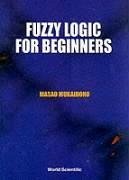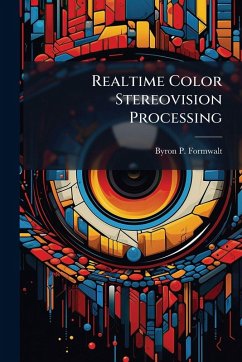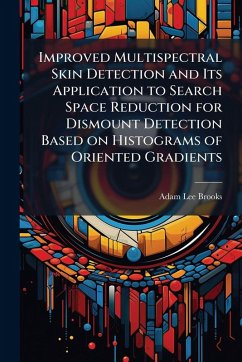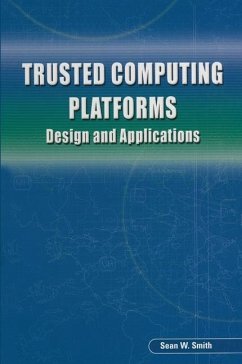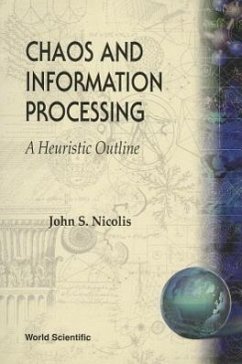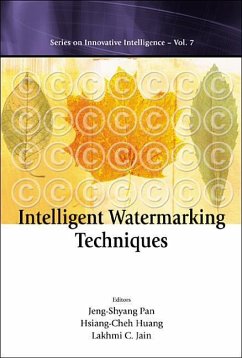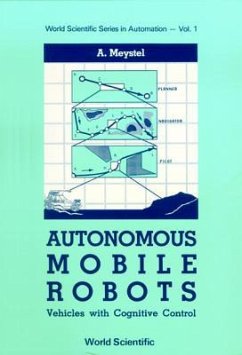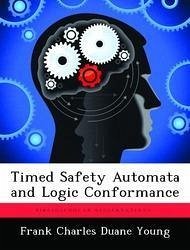
Timed Safety Automata and Logic Conformance
Versandkostenfrei!
Versandfertig in über 4 Wochen
18,99 €
inkl. MwSt.

PAYBACK Punkte
9 °P sammeln!
Timed Logic Conformance (TLC) is used to verify the behavioral and timing properties of detailed digital circuits against abstract circuit speci cations when both are modeled as Timed Safety Automata (TSA) with real-valued clocks. TLC is a bisimulation-style partial order relation- ship de ned over TSA state space. In contrast to timed simulation, Calculus of Timed Re nement, and time-abstracted bisimulation, TLC de nes when one system is an acceptable implementation of another by asymmetric action-matching requirements for speci cation inputs and implemen- tation outputs. TLC intuitively and ...
Timed Logic Conformance (TLC) is used to verify the behavioral and timing properties of detailed digital circuits against abstract circuit speci cations when both are modeled as Timed Safety Automata (TSA) with real-valued clocks. TLC is a bisimulation-style partial order relation- ship de ned over TSA state space. In contrast to timed simulation, Calculus of Timed Re nement, and time-abstracted bisimulation, TLC de nes when one system is an acceptable implementation of another by asymmetric action-matching requirements for speci cation inputs and implemen- tation outputs. TLC intuitively and pragmatically supports writing abstract speci cations and verifying them against implementations. TLC scales up by substituting veri ed speci cations for implementations and hierarchically verifying larger systems. The TLC veri cation process is more e?cient than the circularly dependent assumes-guarantees veri cation methodology. Instead of building models of the system's environment and using them in the veri cation process, the TLC veri cation methodology explicitly captures environmental timing properties in the system speci - cation and automatically ensures they are satis ed in the TLC relation. The region-automata-based Timed Logic Conformance System (TLCS) implements TSA parallel composition and a TLC decision procedure. TLCS is used to hierarchically verify the STARI (Self-Timed at Receiver's Input) asynchronous circuit for communicating safely between clock-skewed systems. This work has been selected by scholars as being culturally important, and is part of the knowledge base of civilization as we know it. This work was reproduced from the original artifact, and remains as true to the original work as possible. Therefore, you will see the original copyright references, library stamps (as most of these works have been housed in our most important libraries around the world), and other notations in the work. This work is in the public domain in the United States of America, and possibly other nations. Within the United States, you may freely copy and distribute this work, as no entity (individual or corporate) has a copyright on the body of the work. As a reproduction of a historical artifact, this work may contain missing or blurred pages, poor pictures, errant marks, etc. Scholars believe, and we concur, that this work is important enough to be preserved, reproduced, and made generally available to the public. We appreciate your support of the preservation process, and thank you for being an important part of keeping this knowledge alive and relevant.



